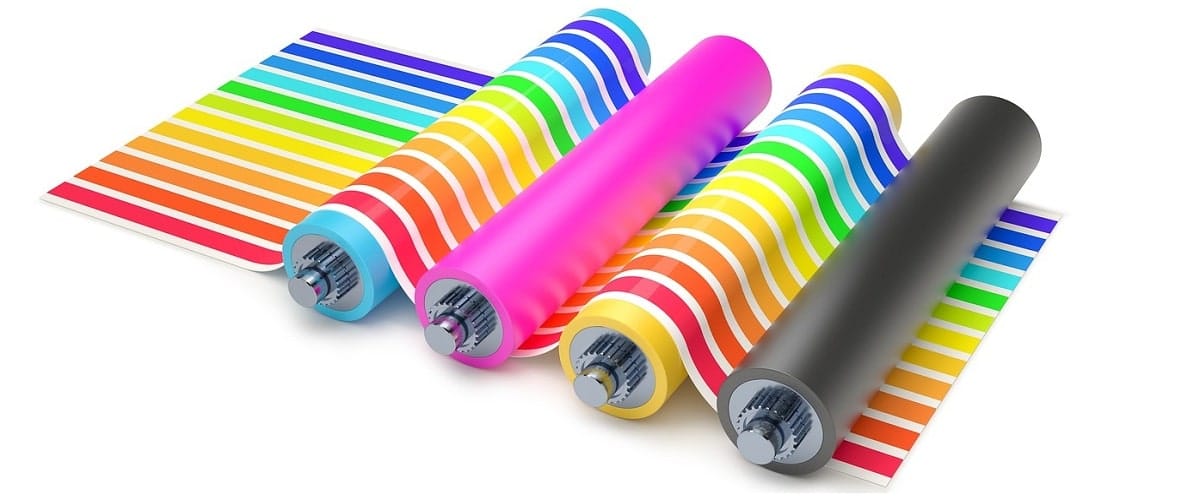Print marketing and digital marketing are two distinct and widely used marketing strategies that businesses employ to reach their target audience. However, as the world has become increasingly digital, there has been a growing debate about the effectiveness of print marketing in the face of the rise of digital marketing. In this article, we will compare and contrast these two marketing methods, their benefits and drawbacks, and how they can be used to complement each other.
Digital Marketing
Digital marketing refers to the use of electronic devices such as computers, smartphones, tablets, and social media platforms to promote a product or service. It encompasses various online channels, including search engine optimization, pay-per-click advertising (PPC), content marketing, social media marketing, email marketing, and mobile marketing. Backlinks building is also an important part of digital marketing. So, if you have no knowledge in this area, it is highly recommended to learn how to perform manual link building the right way. there are many resources on the net to get you started, even paid courses to master backlinks creation.
One of the main advantages of digital marketing is its ability to reach a massive audience quickly and inexpensively. Furthermore, with digital marketing, businesses can target specific demographics based on factors such as age, gender, location, interests, and behavior. This allows for greater precision in advertising, making it more effective and less wasteful. Digital marketing also offers more accurate and measurable data, which can help businesses evaluate the effectiveness of their marketing campaigns.
Another benefit of digital marketing is its ability to provide a personalized experience for consumers. By collecting data on their behavior and interests, businesses can tailor their advertising messages to match their preferences, which can lead to higher engagement and conversion rates. Digital marketing also allows for a two-way conversation between businesses and consumers, which can help build trust and loyalty.
However, digital marketing also has its drawbacks. One of the main challenges is the fierce competition for attention in an increasingly crowded digital landscape. Consumers are constantly bombarded with ads and messages, making it difficult for businesses to stand out. Additionally, the fast-paced nature of digital marketing can make it difficult to create lasting impressions and build brand awareness.
Print Marketing
Print marketing refers to the use of printed materials such as brochures, flyers, posters, billboards, direct mail, and newspaper ads to promote a product or service. Print marketing has been around for centuries and is a traditional marketing method that many businesses still use today.
One of the main advantages of print marketing is its ability to provide a tangible experience for consumers. Printed materials can be held, touched, and viewed up close, providing a level of physical engagement that digital marketing cannot replicate. Digital print marketing also allows for greater brand awareness and recall, as printed materials can be placed in prominent locations and seen repeatedly by consumers.
Another benefit of print marketing is its ability to target specific demographics and geographic regions. By distributing printed materials to targeted locations, businesses can reach consumers more directly and locally, which can be particularly effective for small businesses or those targeting niche markets.
However, print marketing also has its limitations. One of the main challenges is its cost and limited reach. Printed materials can be expensive to produce, distribute, and display, which can make it difficult for small businesses or those with limited budgets to compete. Additionally, print marketing lacks the precise targeting and data measurement that digital marketing offers, making it difficult to evaluate its effectiveness.
5 Great Ways of Combining Print Marketing and Digital Marketing
Complementary Strategies
While digital marketing and print marketing have their respective strengths and weaknesses, businesses can use them to complement each other and achieve greater marketing success. For example, businesses can use print marketing to build brand awareness and drive traffic to their website, where they can engage consumers through digital marketing channels. Businesses can also use digital marketing to target specific demographics and drive leads to a physical location, where printed materials can provide additional information and create a more personalized experience.
We’re sharing five ways print can complement digital to inspire your next campaign.
Frontline
Frontline completed its digital marketing campaign by displaying this massive print on the floor at a shopping center. The shoppers on the lower floors looked like fleas swarming across the dog’s fur from the top. This had a memorable but creepy effect and helped increase Frontline’s brand awareness.

IKEA
IKEA designed a print advertisement to promote its new mattress and bed frame ranges.
Readers can remove the cardboard ad from the back of a magazine and assemble it to improve their sleep. White noise will play once you open the tab at the back. The ad also features lavender-scented ink, which is believed to aid sleep.
19 Crimes Wine
19 Crimes Wine has a ‘living label.’ An augmented reality play will appear when the wine bottle is scanned using a smartphone. The app can play a story for each bottle.
Sonera
Sonera, a telecommunications company, wanted to emphasize its 4G wireless speed. Therefore, the print advertisement features a spot for customers to place their smartphones and fingers while they play their game. This demonstrates how fast their wireless speed is.
Volkswagen
Volkswagen created a three-page spread to allow readers to pretend they were taking a test drive in the new car for this ad. The first step is to download the app. After the app is downloaded, users can test different features, such as the ‘Lane Assist” mode. For example, the phone would vibrate if it was too close to the other side of the road.
Try Other Combinations
When it comes to digital and print marketing, the world is your oyster. There are many ways to combine them for the best results. For example, a mailed piece can be followed by an email with digital targeting. You can send a coupon or reminder email to remind people to buy. Clicking on an item in an email will bring up digital ads that show the item again. This makes it more likely for them to buy.
Find a Good Partner
When you are embarking on a new venture to combine your digital and print marketing, one word of caution: Be careful about who you work with. Many places will allow you to deliver ads through Internet cookies (or little trackers) on your websites. It’s often harder to reach a human when delivering ads via the internet. Digital ads are often wasted by advertisers who don’t reach the right people. In addition, creativity might not be easy for some people who are new to digital ads.
Takeaway Print Marketing and/or Digital Marketing
In conclusion, digital marketing and print marketing are two distinct and effective marketing strategies that businesses can use to reach their target audience. While digital marketing offers greater precision and measurement, print marketing provides a tangible and localized experience for consumers. By using both strategies in a complementary way, you increase the efficiency of your marketing efforts.



Content Marketing vs. SEO: Why You Need Both to Win Online
What is a Blog? – Definition, How to Start a Blog, and Why Your Business Needs One